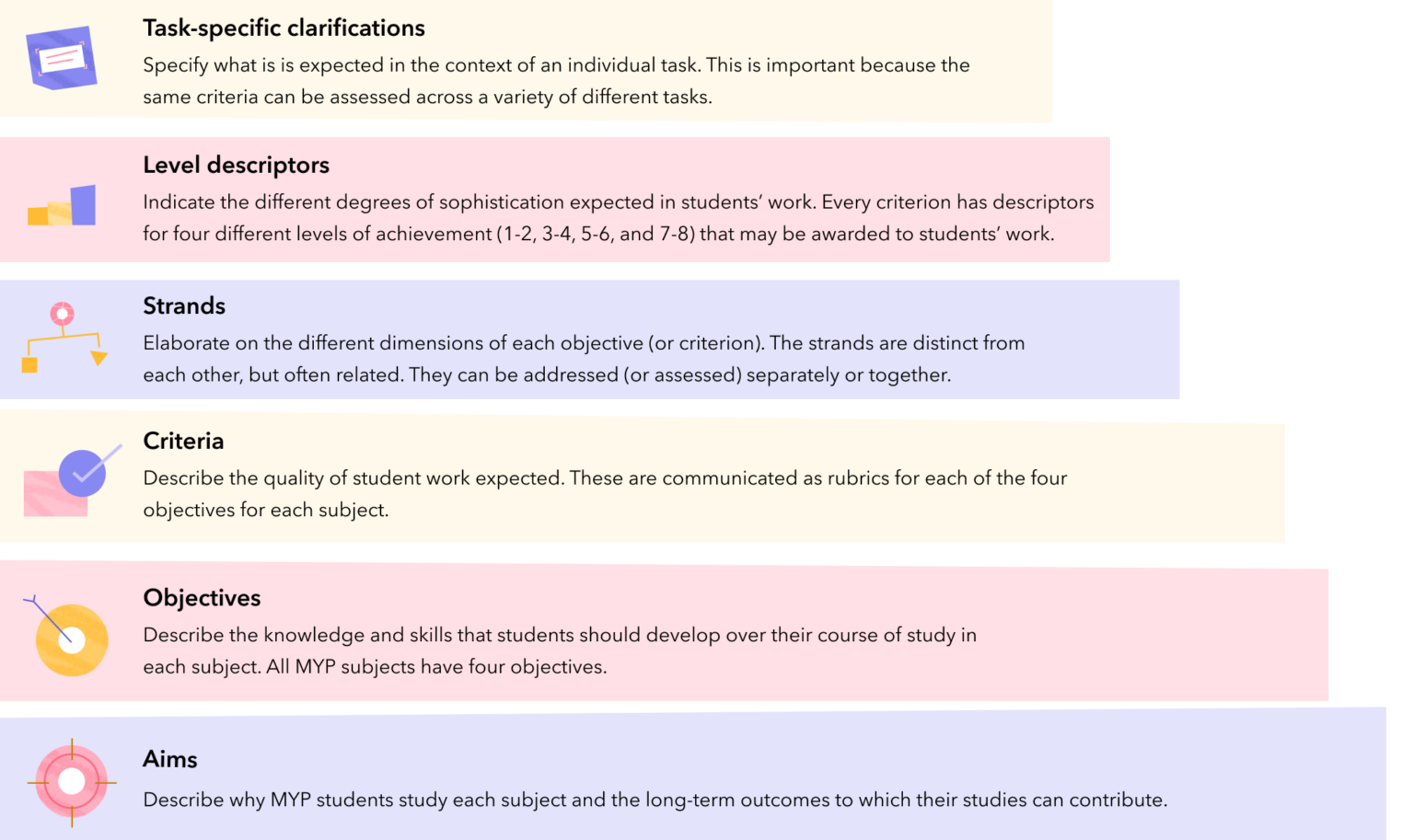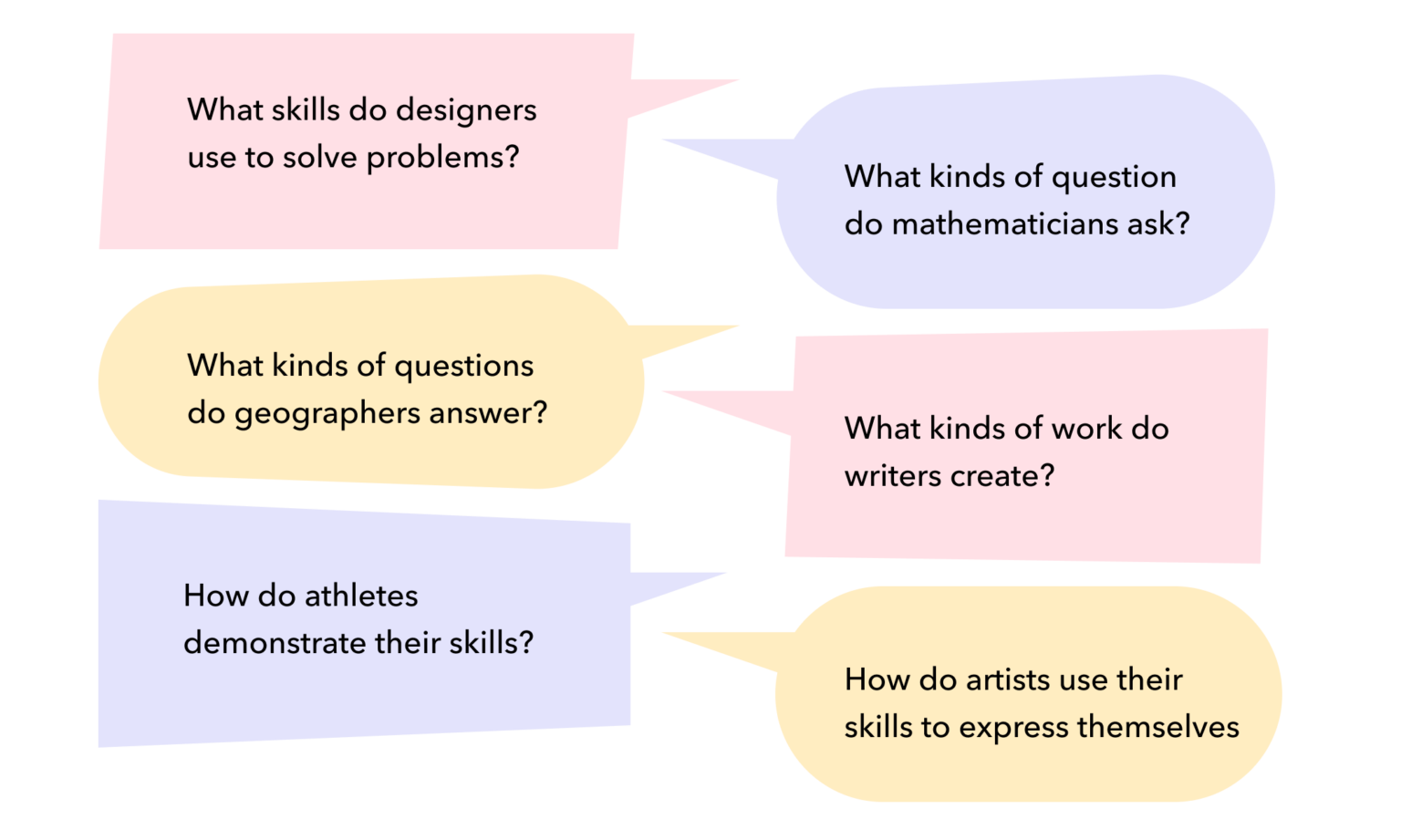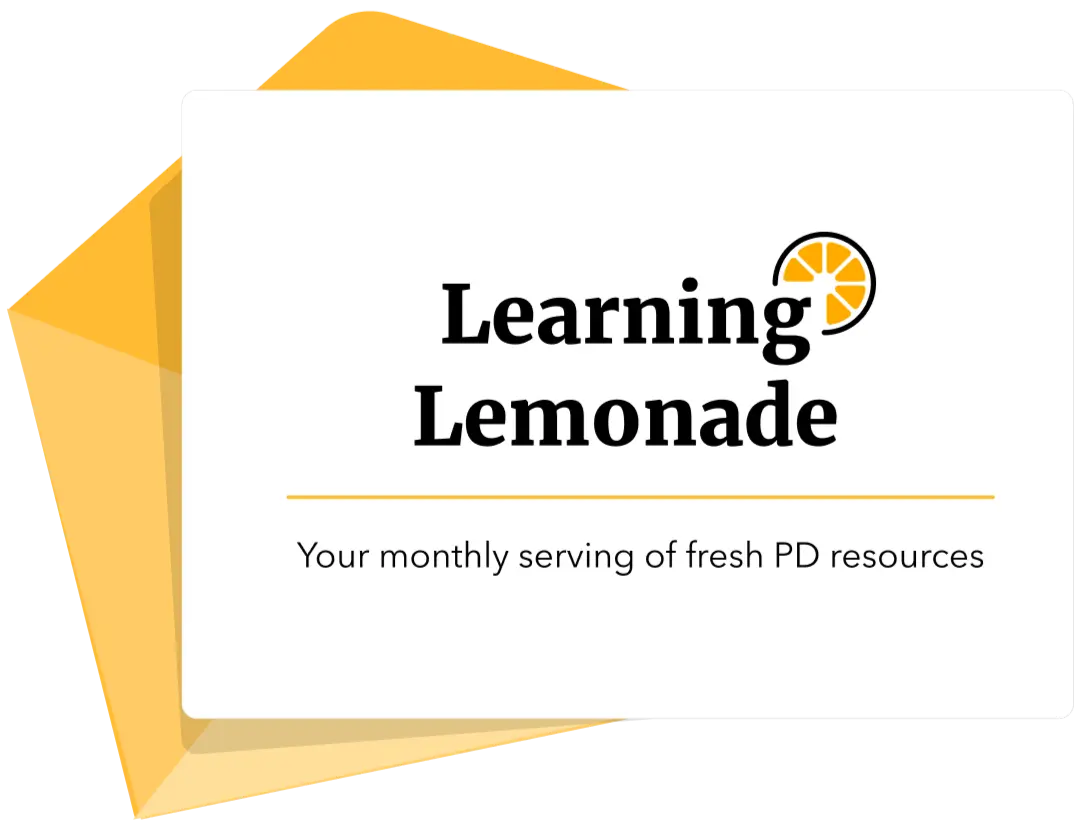Designing Assessment Tasks | First steps for MYP candidate schools
In the same way that assessment is central to teaching and learning, getting used to the MYP approach to assessment is central to developing the MYP programme at your school. Making that shift is often one of the biggest challenges for candidate schools but it can also have the most significant impact.
What you’re required to know
The main feature of MYP assessment practices to keep in mind is that it is criterion-reference. Rather than evaluating summative assessments with numerical or percentage scores, tasks are evaluating with achievement levels that have corresponding descriptors. One way to understand what criterion-related assessment is (and isn’t) is to consider the difference between qualitative and quantitative assessment data.

In order to qualitatively assess the MYP objectives, each objective has associated descriptive criteria that can be used to evaluate students’ work. Using descriptive criteria to monitor and assess students’ progress is known as criterion-related assessment.

The best way to design tasks that align with the MYP objectives is to use a variety of assessment strategies set in real world contexts. A good place to start when developing a summative task is to consider what kinds of work professionals in your subject area engage in.

What you’re required to produce for authorization
In IB MYP schools, each unit must include a summative task that assesses at least one of the criteria for that subject. Eventually, all teachers will be expected to assess each of the criteria for their subject at least twice each year in each course that they teach, so it’s a good idea to get all teachers using the MYP assessment criteria for their subjects as soon as possible.
At the time of authorisation, your school will need to submit at least 3 sample assessment tasks per subject, ideally from different grade levels. Refer to Samples of student work | First steps for MYP candidate schools for more details.
While formative assessment is also an important part of the learning process and assessment process, it is not necessary to submit specific samples of formative assessment for authorisation. The unit plans and learning experiences can illustrate how formative assessment has been used to guide student learning.
Suggested professional development activities
Here are some ideas for activities you and your teaching teams can engage in to get to grips with designing assessment tasks! You’ll find a mix of collaborative as well as individual activities suggested here; choose the ones that best fit your needs and schedules!
| Topic | Format | Outline |
| Basics of MYP Assessment | Individual | Send teachers a connect-extend-challenge template and the link to the section, Basics of MYP Assessment in the Guide to Assessment in the MYP. As teachers read Basics of MYP Assessment, they can collect their observations and reflection in the connect-extend-challenge template |
| Getting to know the MYP Objectives | Asynchronous | Print a copy of the Visual Playbook of MYP Objectives and Assessment Ideas for MYP Subjects. Spread the pages out on a table or bulletin in the staff room. Place pens and sticky notes nearby with a prompt to post ideas of things students could do to show that they have met the objective |
| Designing an MYP Assessment Task | Collaborative | Working with a partner from the same subject group (and grade level, if possible), use the GRASPS template to develop an idea for an assessment task Have teacher pairs trade tasks with another pair from the same subject group. Using the Designing a strong assessment task as a reference, they can provide some peer feedback on the draft task |
This blog is part of a series designed especially for candidate MYP schools. Click here to view the complete series!
Other resources you might like to explore:












